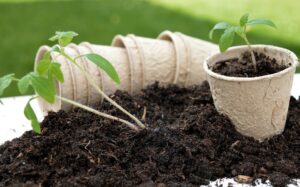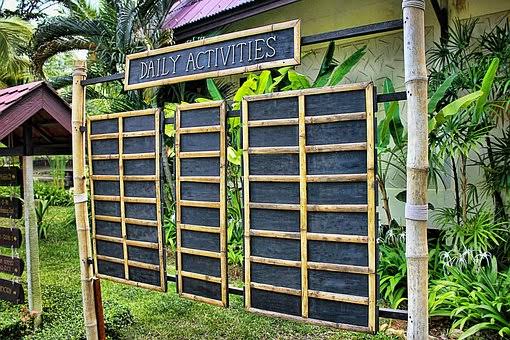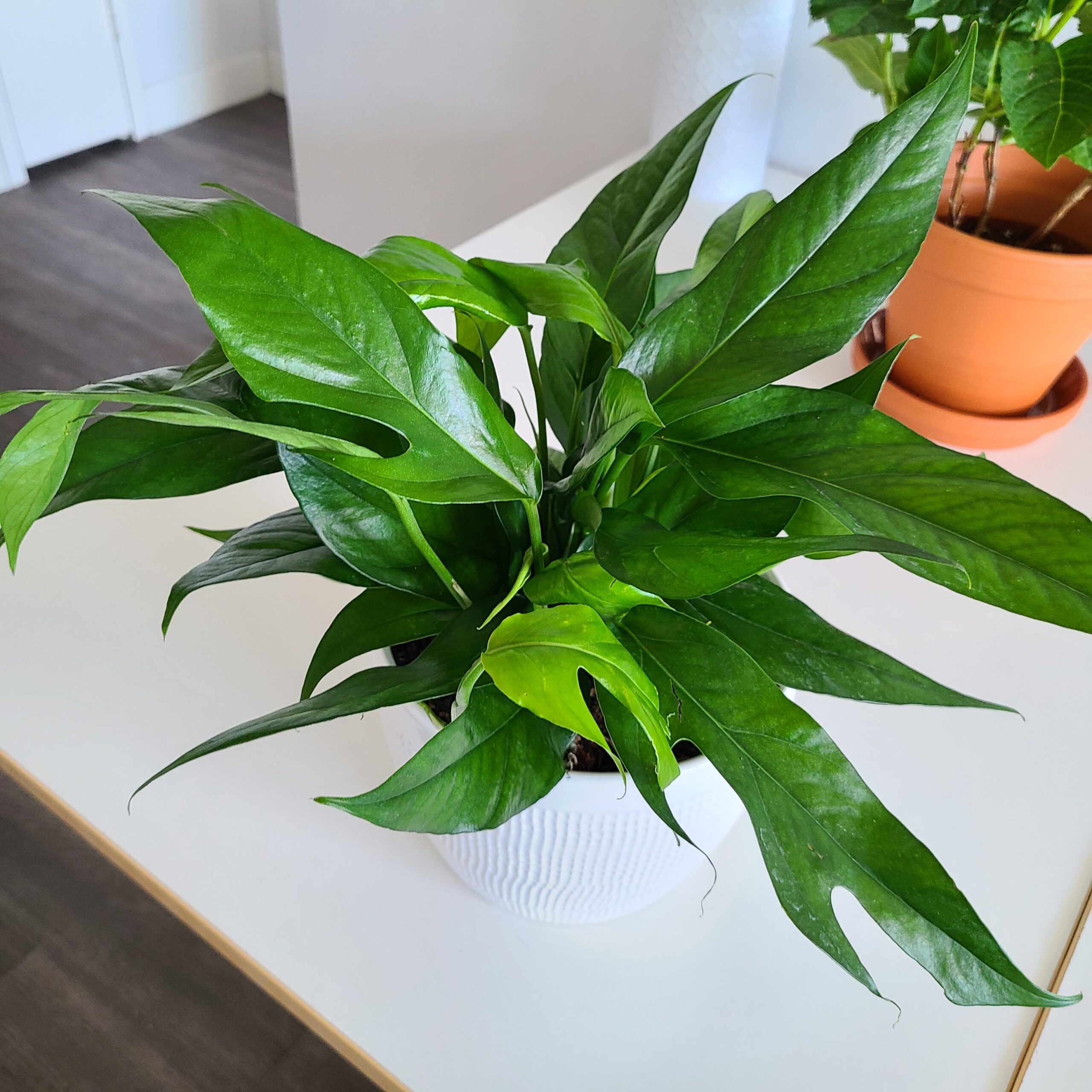Do This in the Garden in March and make your garden ready for the coming months with this informative checklist.
Do This in the Garden in March and make your garden ready for spring with these essential tasks! Learn how to prune your fruit trees, eliminate hibernating pests, and fertilize your camellias and azaleas for optimal growth and flowering. Don’t miss out on these tips to help your garden thrive this season.
What to do in the Garden in March
1. Fertilize Azaleas and Camellias
Once your camellias and azaleas have finished flowering, it’s time to fertilize them. You can use a commercial camellia/azalea granular fertilizer. Sprinkle it around the base of the plants. Make sure to read the label carefully to determine the appropriate application ratio. For optimal growth and flowering, continue to feed the plants monthly until August.
Tip: During the fall and winter months, consider using a 0-10-10 fertilizer to help build up the next flower production in spring. This particular mixture of nitrogen, phosphate, and potassium can also increase the resilience of the plant to cold weather.
2. Start Planting Shrubs and Trees in March
Planting trees and shrubs in your landscape in early spring, when the weather is cool and moist, can be an excellent idea.
To ensure proper planting, dig a hole that is slightly wider than the root ball of your plant and then set the plant into the soil at the same height as it was growing in its nursery pot. Be sure to water the plant thoroughly and apply mulch.
However, it’s crucial to determine the potential growth size of a tree or shrub before planting it in your landscape. Avoid planting something that will eventually become too large and tower over your home and cause potential damage to your property.
3. Plant Berries in March Garden
If you’re looking to grow strawberries and raspberries in your garden, it’s best to start early in the spring season. These delicious fruits can be grown in either garden beds or containers. Use well-draining soil and areas that receive ample sunlight for 6 to 8 hours a day.
Note: It’s important to note that strawberries and raspberries come in two different varieties, namely Everbearing and June-bearing. Everbearers produce small quantities of fruit throughout the summer season, while June-bearers yield one large crop in early summer. To maximize your harvest over a more extended period, it’s advisable to plant both types.
4. Grow Annual Blooms in March Garden
As March rolls around, gardeners living in areas free from frost can start planting annual flowers such as wax begonia, angelonia, and zinnia that thrive in warm weather.
For those living in the North, it is an ideal time to plant cool-season favorites like alyssum, osteospermum, and pansy. However, it’s important to be prepared for any unforeseen weather changes by keeping a light blanket or grow cloth handy to cover the plants at night if temperatures drop below freezing.
5. Repot Houseplants

Do This in the Garden in March to rejuvenate indoor plants by transplanting them into a bigger pot with fresh soil, especially if they appear root-bound, as indicated by roots growing out of the pot’s drainage holes. Additionally, if the roots appear to be tightly packed, it’s best to loosen them to stimulate new growth. This process is crucial for your plant’s health and growth.
Furthermore, March presents an opportunity to prune houseplants that may have grown tall and spindly over the winter season. Pruning helps to encourage new growth and promote a more compact plant shape.
6. Grow Vegetables from Seeds
March is an ideal time for sowing cool-season crops such as lettuce, spinach, radishes, and peas directly in the garden, particularly in Northern regions. In areas free from frost, warm weather vegetables such as squash and tomatoes can be planted. However, it’s essential to protect the plants by covering them if there’s a risk of an unexpected cold snap.
Here’s a useful tip to consider while sowing radishes, spinach, beans, and peas: opt for wide rows instead of single-file planting. Planting in a band that is 6 to 10 inches wide and scattering the seed will increase the amount of produce per square inch.
7. Divide Perennials in March
When perennials such as hosta, chrysanthemum, and daylily start to break dormancy, they can be dug and divided. Using a sharp spade, carefully dig and lift the clumps, then break them into smaller sections using a large garden knife. Replant the divided sections immediately.
Tip: It’s essential to note that while some perennials prefer being divided in early spring, others prefer late summer. These perennials include peony, lily, Oriental poppy, and bearded iris. It’s always best to research and learn about the specific needs of each perennial to ensure successful growth and blooming.
8. Check Watering
Water is a valuable resource, which is why it’s crucial to check your irrigation system regularly. Take some time to inspect it now and search for broken heads or inefficient spray patterns that can waste water. Additionally, adjust your timer so that you aren’t watering your yard during the rainy season, which could result in overwatering.
If you’re unsure about the amount of water your lawn and garden require, remember that they typically need an inch of moisture every week. A useful tip to measure the water you’re providing is to place a coffee can in the yard and measure the amount of water it catches. This simple method will help you ensure that you’re providing the right amount of water to your plants while conserving water as well.
9. Clean Flower Beds
To allow the foliage of spring-flowering bulbs and perennials to emerge, it’s important to rake leaves and mulch away from garden beds. During winter, leaves can become compacted, creating a barrier that prevents new growth. When you remove the mulch, the soil will warm faster as it’s exposed to the sun.
However, it’s crucial to be gentle when removing the mulch. Using a plastic leaf rake is recommended to avoid damaging tender foliage that’s just emerging. On the other hand, metal garden rakes with sharp tongs can easily tear the fragile foliage, leading to stunted growth or even death. With this tip in mind, you can successfully clear away the mulch without damaging the emerging plants.
10. Prune Fruit Trees

It is still a good time to prune your apple and other fruit trees before they start to grow again. Get rid of any dead, diseased, or crossed branches to ensure healthy growth.
Also, remove any vertical branches that block sunlight from reaching the center of the tree. Remember that fruit grows only on horizontal branches, so don’t be afraid to prune aggressively.
Additionally, consider using a dormant oil spray before the trees leaf out to reduce insect pests naturally. Be sure to follow the instructions on the label when using the spray.
11. Discard Garden Pests
One of the most important things to do in the garden during March is to eliminate hibernating pests. By taking care of this task early on, you can avoid a lot of trouble during the summer months.
Start by examining the crowns of your perennial plants, where you are likely to find slugs, snails, bugs, and aphid colonies hiding out in closed spaces to stay warm throughout the winter. Be sure to remove any pests you come across.
If you still have any summer bedding pots from the previous year, it’s a good idea to clear them out now. Look out for weevil larvae, which thrive on compost and feed on roots. If you find any, destroy them immediately.
Additionally, prepare to tackle vine weevils by using chemical drenches or parasitic nematodes to control their population this year.



